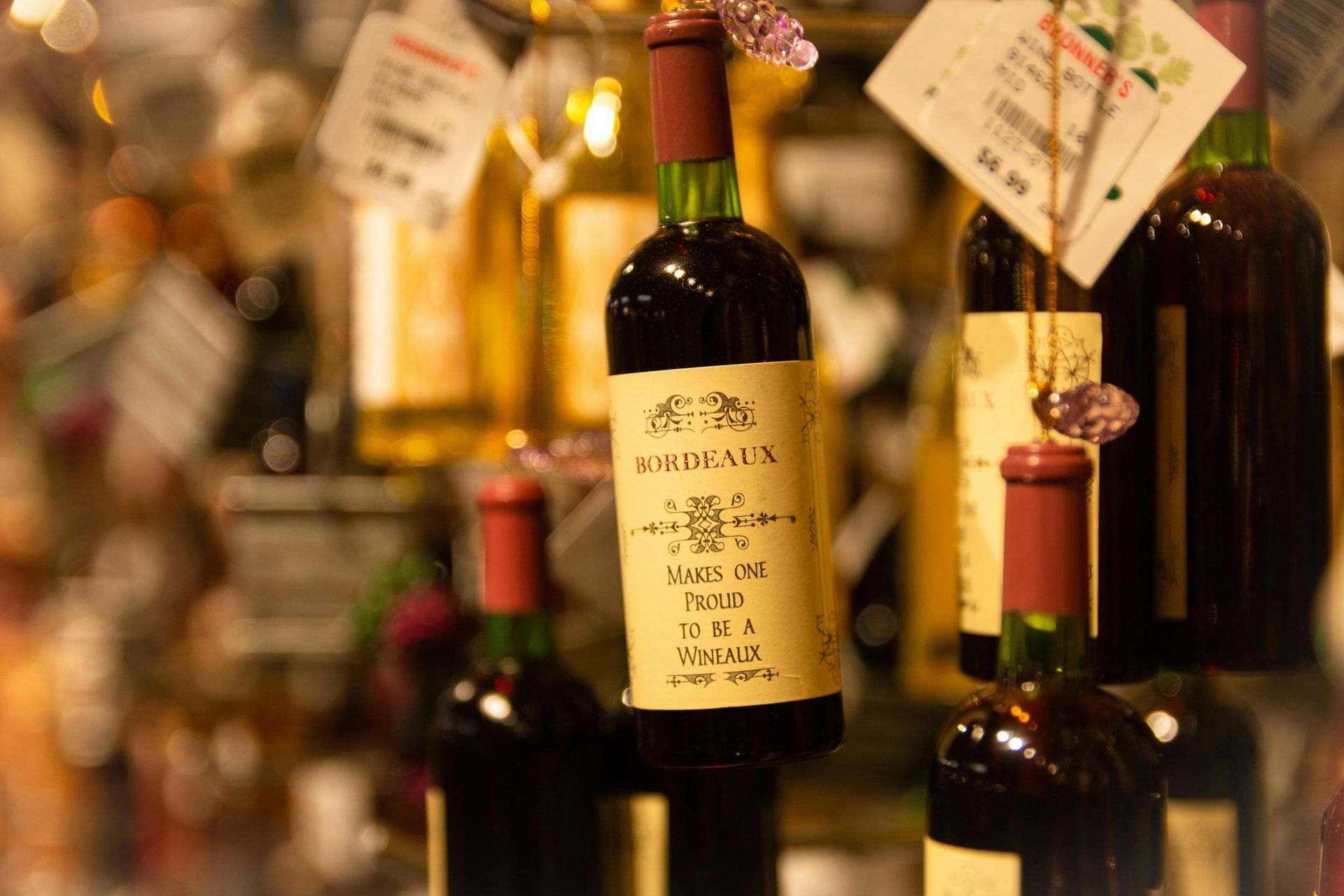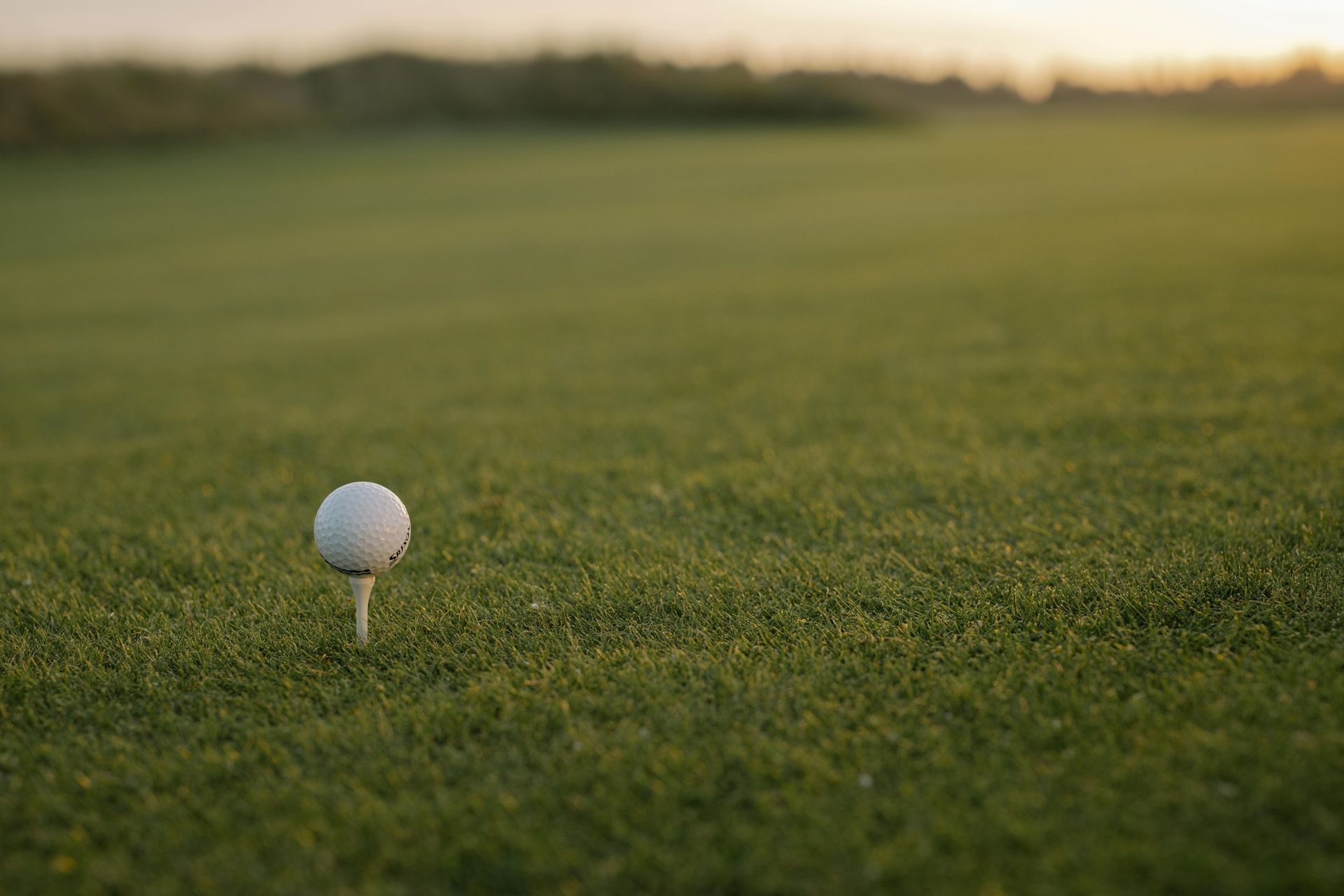How to Protect Grape Quality From Heat Waves and Extreme Temperatures
California’s vineyards have always danced a delicate waltz with the sun, but the tempo is accelerating. Over the last decade, the state has logged record‑breaking strings of 100 °F (38 °C) days—2017, 2020 and again in 2023—pushing canopy temperatures well past the thresholds where berry chemistry unravels. Sunburn necrosis, sugar–acid imbalance and phenolic degradation all translate into lower yields, off‑flavors, and costly winery interventions.
The good news: growers from the Central Valley to Mendocino have demonstrated that a layered heat‑mitigation plan—combining smart monitoring, cultural tweaks and protective technologies—can preserve fruit integrity and even improve wine style. The following guide distills field‑tested tactics you can deploy before, during and after the next heat spike.
Understand Heat Stress in Grapevines
The Physiology
High heat accelerates respiration, inhibits key enzymes and collapses cell membranes in the berry skin. Once fruit‑zone temperatures exceed ~45 °C (113 °F), irreversible sunburn necrosis sets in, leaving brown, raisined patches that leak juice and harbor spoilage microbes.
Critical Thresholds
- Canopy temperature:
Quality degradation begins at 95 °F (35 °C); sunburn risk spikes above 104 °F (40 °C).
- Water potential: Stem water potential below –1.2 MPa limits transpirational cooling.
- Timing: Post‑veraison berries are most vulnerable because pigment accumulation amplifies heat absorption.
California Context
Hot interior regions such as Lodi, Paso Robles and the southern San Joaquin Valley frequently exceed these limits for 6–8 hours per day during late July and August. Even coastal AVAs like Napa and Sonoma experienced 110 °F (43 °C) canopy readings during the 2022 Labor Day heat dome.
Monitoring & Forecasting Tools
- On‑Site Weather Stations
– Deploy at least one station per 20 acres, mounted at cluster height, to log temperature, VPD and solar radiation in real time.
- Thermal Cameras & Infrared Guns – Spot‑check canopy hot spots at solar noon; integrate with GIS maps for block‑level decisions.
- Degree‑Day & Heat Spike Alerts
– Use apps such as UC‑Davis Grape Crush or Western Weather Watch to push SMS alerts when forecasts exceed 38 °C or VPD > 4 kPa.
- Soil‑Moisture Probes – Schedule pulse irrigations that pre‑cool vines without driving excessive vegetative growth.
Tip: In 2021, a Napa grower tied an API feed from a Davis Vantage Pro2 station to a Zapier workflow that triggered shade‑net deployment when air temps hit 100 °F for 30 minutes.
Vineyard Design & Long‑Term Prevention
- Site & Row Orientation – North–south rows minimize afternoon sun on one side; hillside blocks with marine airflow (think Santa Maria Valley) reduce nighttime heat retention.
- Trellis & Training
– High‑wire cordon or sprawling Lyre systems create self‑shading canopies ideal for Central Coast Syrah. Bush‑vine (gobelet) training remains popular in hot Sierra Foothills Zinfandel blocks.
- Cultivar & Rootstock Choice
– Grenache, Mourvèdre and Tempranillo maintain acid in heat. Rootstocks 110R and 140Ru confer deeper rooting and better drought tolerance.
Planting decisions made today lock in heat resilience for decades—so weigh future climate models for your AVA.
Cultural Practices During the Season
Strategic Leaf Removal
Strip basal leaves on the east side only and delay west‑side removal until after peak heat passes. Trials in Oakville showed a 4 °C reduction in berry temperature and 0.3 g/L higher titratable acidity at harvest using this strategy.
Floor Management
Cover crops (fescue, resident grasses) reflect less infrared than bare, tilled soil. In Lodi, a permanent grass sward lowered fruit‑zone temps by 2 °C during a 2020 heat wave.
Irrigation Strategy
Regulated‑deficit irrigation (RDI) early, shifting to short, frequent pulses 48 hours before a forecasted heat event, maintains stem water potential above –1.0 MPa without over‑diluting flavors.
Protective Technologies: The Toolbox
| Technology | How It Works | Typical Effect | Cost Range (California) |
|---|---|---|---|
| Shade Cloth / Photo Selective Nets | 30–40 % shade factor screens out IR while maintaining PAR | Lowers berry temp 5–7 °C; reduces sunburn 60 % | $2,500–$3,200 per acre installed |
| Particle Films (Kaolin, CaCO₃) | Reflective film scatters IR & UV | 2–4 °C cooler berries; up to 10 % higher anthocyanins | $45–$60 per acre per spray |
| Automated Misting / Micro‑Sprinklers | Evaporative cooling in fruit zone | 6 °C drop within 15 min; mitigates shrivel | $1,800 per acre retrofit |
| Antitranspirants & Biostimulants | Foliar compounds reduce stomatal loss or enhance osmolytes | Short‑term protection (24–72 h) | $30–$50 per acre |
| Mobile Shade Panels & Hail Nets | Retractable systems on metal posts | Dual protection (hail + heat); 70 % sunburn reduction | $4,000+ per acre |
Case in Point: A 45‑acre Cabernet block in Rutherford installed green photoselective nets in 2022; sunburn incidence dropped from 18 % to 4 % and the winery paid a $450/ton quality premium.
Emergency Playbook: 72 Hours Before & During a Heat Spike
48–72 h Prior
- Flush irrigation lines; schedule 1‑hour pulse sets at dawn for the next three days.
- Order kaolin if winds are forecast below 10 mph.
24 h Prior
- Deploy temporary shade nets on west‑facing rows; secure with sandbags.
- Apply kaolin (30 lb/acre in 100 gal water) using air‑blast sprayer.
During the Event
- Suspend mechanical leafing and cluster exposure tasks.
- Check canopy temps every two hours; start misting when canopy exceeds 100 °F.
- Avoid large night irrigations that can swell berries and dilute flavors.
Post‑Heat‑Wave Assessment & Winery Adjustments
- Field Triage
– Quantify sunburned clusters, berry shrivel and rachis necrosis; flag rows for selective picks.
- Lab Analysis
– Monitor pH drift (often +0.2), titratable acidity, potassium levels and YAN.
Winery Levers – Night harvest to preserve aromatics, acidify must (tartaric), adjust press cuts to exclude sunburned skins, blend cooler blocks for balance.
Economics & ROI
| Option | Up-Front Cost | Annualized (5 yr) | Typical Quality Premium | Payback Horizon |
|---|---|---|---|---|
| Shade Nets | $3,000/ac | $700/ac | $400-600/ton | 3-4 years |
| Kaolin | $50/ac per spray | $50/ac | $150/ton | Immediate |
| Misting | $1,800/ac | $450/ac | $350/ton | 4-5 years |
*Premium values based on 2024 Napa Cabernet contracts (grower returns $6,000–$8,500 per ton).
Practical Checklist (Printable)
Pre‑Season
- Calibrate weather stations and soil‑moisture sensors
- Service pumps and verify pressure
- Order nets, kaolin, misting parts
48 Hours Before Forecasted Heat
- Confirm forecast > 38 °C for > 6 h
- Charge irrigation lines; test emitters
- Stage nets and labor crews
During Heat Event
- Start dawn pulse irrigation
- Deploy nets on west‑facing fruit zone
- Record canopy temps at solar noon
- Delay canopy tasks and chemical sprays
After Heat Event
- Survey blocks for damage; mark GPS points
- Pull berry samples for lab
- Adjust harvest schedule and winery protocols
Additional Resources
- UC‑Davis Extension
– Heat Spike Management in Vineyards (free PDF)
- California Sustainable Winegrowing Alliance (CSWA)
– Best Practices Library
- Western Weather Watch
– SMS Heat Alert Service
- NRCS EQIP – Cost‑share programs for shade nets and micro‑irrigation
By integrating vigilant monitoring, smart cultural practices and modern protective tools, California growers can navigate an era of rising temperatures while safeguarding both grape quality and brand reputation.
If you're looking to celebrate a successful harvest or host an elegant winery event, consider Elegant Opulence balloon decor in Winchester, CA. Their custom balloon installations bring a vibrant, luxurious touch to vineyard celebrations, wine club events, and seasonal parties. Explore their stunning designs at ElegantOpulence.net.



